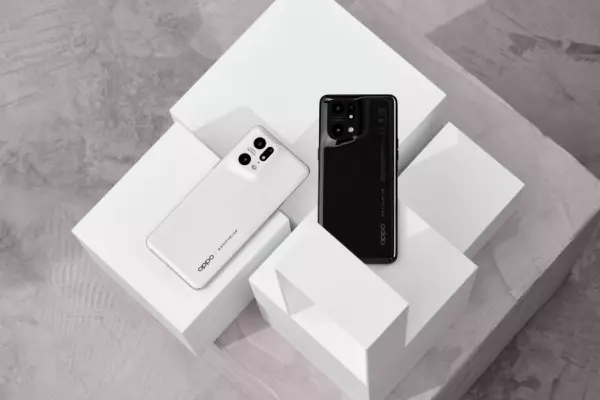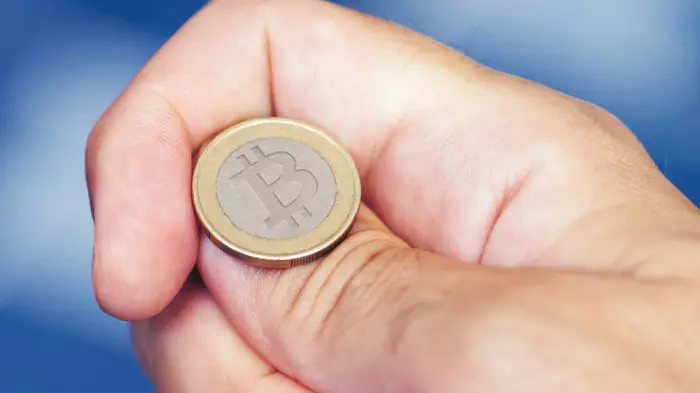The Commerce Commission’s latest annual telecoms report shows New Zealanders are using more mobile data, with the average monthly usage per person at 4.2 gigabytes for the 12 months to June 2021, up 28% from the previous 12-month period.
Fixed broadband data use shot up 16%, with households on average chewing through 330 gigabytes (GB) of data per month as lockdowns and working from home became the norm during the pandemic.
This increase was less than the huge 37% increase in the 12 months to June 2020 as data use escalated during extended lockdowns when New Zealanders were confined to their homes.
These data rises are in contrast with the steady decline of the traditional landline phone as households with a connection fell 24% to 526,000.
Total mobile connections in NZ hit 5.3 million – more than one for every person in the country.
Internet connections stood at 1.8m, with 1.15m of those households connected to ultra-fast fibre (UFB) broadband.
“UFB reaches almost 87% of homes in the country – an astonishing figure by global standards – and customers have embraced the fixed wireless revolution with 15% of broadband connections now using this new technology,” said Telecommunications Forum chief executive Paul Brislen.
He pointed out the commission’s report doesn’t include even faster ‘hyperfibre’ plans and it also doesn’t include stats on 5G for mobile.
The report also does not include 2degrees' pricing in the commission's comparison of NZ's telcos against those in other OECD countries. Brislen said this means the report “doesn’t reflect the reality of the New Zealand market”.
The focus of the regulator on reporting data plans with caps, despite the popularity of unlimited data plans, was also noted.
Osmosis
Mobile market share barely changed from the previous period. Spark increased its share of mobile subscribers by 1% from 2020 to 41%, increasing the gap to Vodafone by 38%, down from a level of 40% with Spark last year.
2degrees held steady at 19%, while 1.8% of the market get their mobile fix from mobile virtual network operators (MVNOs), a tiny bump up from 1.4%.
The MVNOs in NZ are Compass, Kogan Mobile, Megatel, Trustpower, Vocus, and Warehouse Mobile. Skinny is included in Spark’s figures as it is a sub-brand of Spark.
Spark also dropped one percent in its fixed broadband share to 39%, losing it to ‘other’ retailers who crept up to 15% from 13%, while the other percent was gained from Vocus who dropped to 12%. Vodafone, 2degrees, and Trustpower remained on 21%, 7%, and 6% share respectively.
The report also shows New Zealanders don’t switch mobile providers often with half of the subscribers sticking with their choice for more than five years.
In a survey, 52% of mobile customers had been with their current telco for more than that time. 22% had been with their current operator for three to five years, 16% for one to two years, and 10% for up to 12 months.
1% didn’t know.
This is compared with 43% of fixed-line broadband customers who hadn’t switched for more than five years.
In September 2020, the commission told Spark, Vodafone and 2degrees they needed to be more transparent to customers about their mobile bills and offer more transparency to help people switch plans if they are paying for more mobile data than they need.
The regulator continues to keep on top of its local and mobile number portability (LMNP) rules that attempt to make it as easy as possible for people to keep their number and move to a new mobile provider, rather than feel stuck with a service they aren’t happy with simply to keep their digits.















